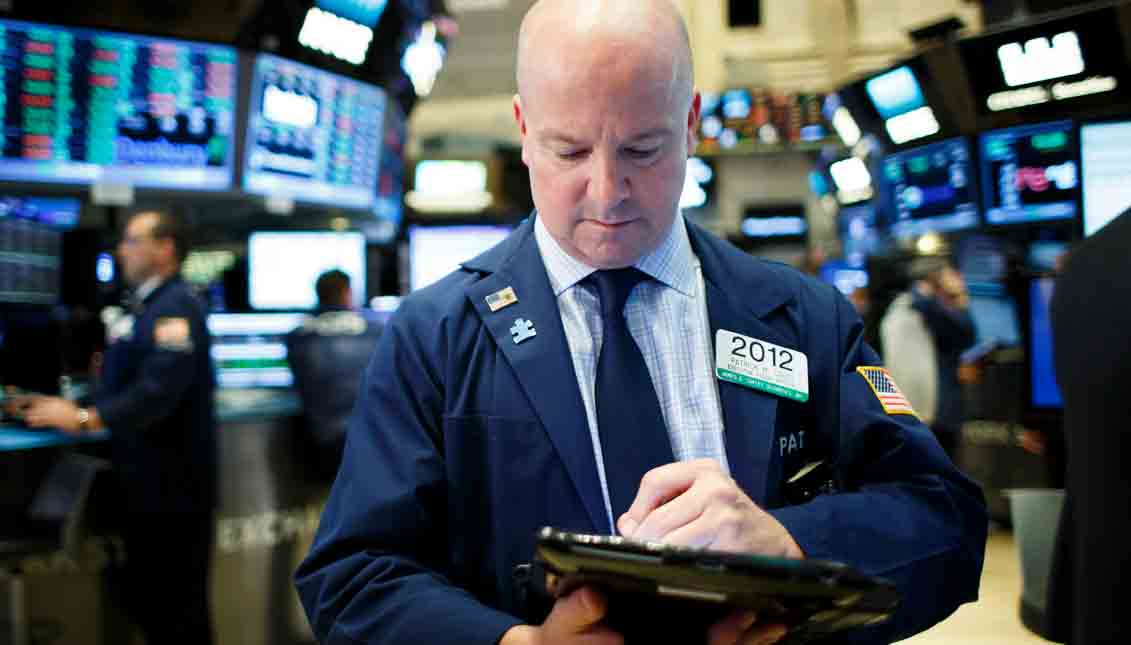
[OP-ED]: Trump’s stock boom -- illusion or reality?
MORE IN THIS SECTION
It’s called the Trump Rally or the Trump Trade. By whatever name, it’s been impressive. On Election Day, Nov. 8, the Dow Jones Industrial Average closed at 18,332.74, not much different from a year earlier. By March 1, the Dow hit 21,115.55, a gain of 15 percent. Although stocks are slightly off this peak, the market increase remains about 11 percent and represents roughly $2.8 trillion of paper wealth, reports Wilshire Associates.
To Trump, this must be immensely gratifying. Among other roles, the stock market serves as a general barometer of confidence that is independent of -- and can’t by manipulated by -- Trump’s nemesis, the detestable “mainstream media.” One message from the market, he doubtlessly thinks, is that he’s doing much better than his vocal critics acknowledge.
The theory of the Trump Rally is simple: He’s brightened the economic outlook. Big business and personal tax cuts, combined with relief from over-regulation and higher infrastructure spending (roads, ports), will boost economic growth. Faster growth will raise profits -- and higher profits tomorrow justify higher stock prices today. In theory, stocks represent the present value of (estimated) future profits.
Immediately after the election, it was possible (though naive) to think that Trump could quickly convince the Republican Congress to pass his economic agenda. Now, that optimism seems unrealistic. The difficulty of repealing the Affordable Care Act showed the limits of the White House’s power. Similarly, big tax cuts may be doomed by budget deficits. Progress on infrastructure and regulation is also grudging.
Let’s be clear: Stock prices are historically high by many traditional measures. Consider the price-earnings ratio, or P/E. It shows the relation between stock prices and underlying earnings (profits). Since 1936, the P/E ratio of the Standard & Poor’s 500 stocks has averaged 17 based on the latest profits and stock prices, says Howard Silverblatt of S&P Dow Jones Indices. Now, the P/E is almost 24.
Stock prices have outrun profits’ growth. To Silverblatt, either added profits will materialize or, if they don’t, stocks will decline. “The P/E is high,” he says. “We are paying [in today’s stock prices] for future and expected earnings. At some point, we need to see them.”
RELATED CONTENT
Stock valuations are tricky. With hindsight, the market can stay above or below levels reflecting economic fundamentals for long stretches. Whatever the case today, stocks are nowhere near the absurd heights of the “tech bubble” at the turn of the century. It’s possible that a general improvement in the global economy justifies higher stock prices. The International Monetary Fund and some private economists have recently raised their forecasts.
“Compared with a month ago,” says Global Insight, a major forecasting firm, “[our predictions for economic growth] in the United States, Canada, Japan, Brazil, India and Russia have all been marked up a little.”
But the Trump Rally could be an exercise in over-optimism. Hefty expectations of tax cuts, regulatory savings and higher government spending may be disappointed, writes Mark Zandi of Moody’s Analytics. Or the rally could succumb to a foreign policy crisis. Take your pick: North Korea, the Middle East or others.
If so, the rally could backfire. Rising stocks cause consumers to spend more; falling stocks curb their spending. Zandi figures this so-called “wealth effect” at about 5 percent: A one dollar change in stock market wealth prompts consumers to alter spending by about 5 cents. If the entire $2.8 trillion rally were erased, that would imply a $140 billion loss in consumer spending.
Indeed, Zandi thinks the effect could be greater, because many heavily invested baby boomers -- in or near retirement -- “would be very sensitive to a decline in stock prices.”
What may be holding up stocks is inertia, herd behavior or wishful thinking. One test comes this week when, says Silverblatt, nearly 200 major companies report profits for 2017’s first quarter. Strong profits would vindicate the rally. For Trump and everyone else, the question is whether the rally rests on illusion or reality.







LEAVE A COMMENT:
Join the discussion! Leave a comment.